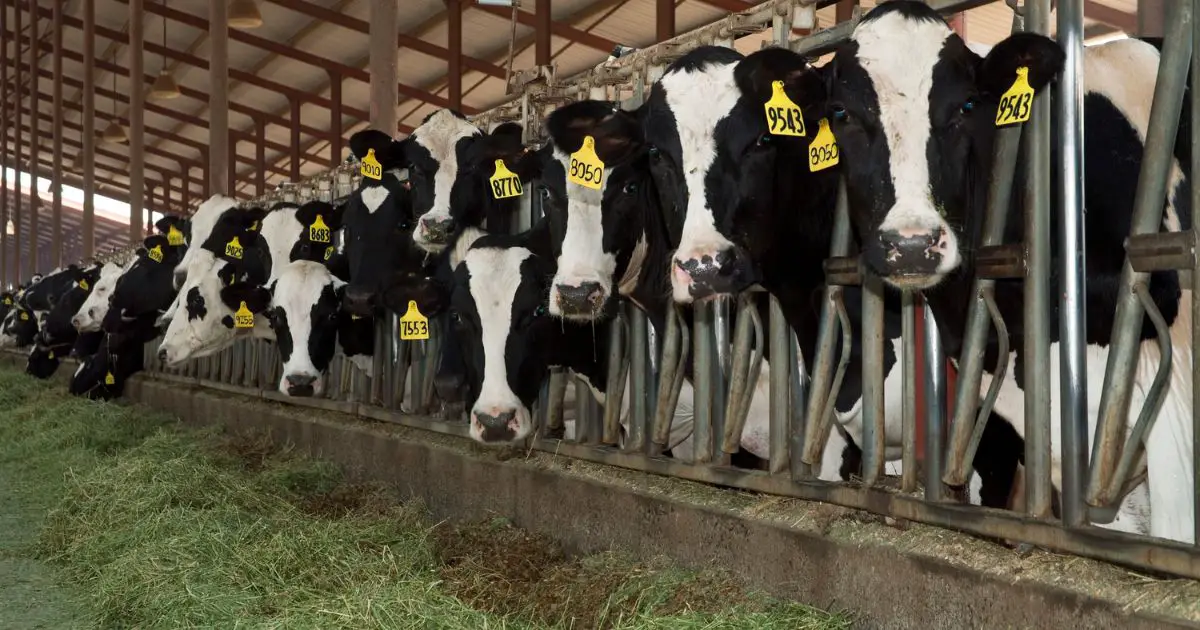In the intricate web of infectious disease dynamics, the role of domestic animals as potential hosts for zoonotic viruses often takes center stage. While much attention has been devoted to species like poultry and swine in the context of influenza A virus transmission, the spotlight on cattle has been relatively dim. However, recent revelations regarding the co-expression of both human and avian receptors in the mammary glands of cows have ignited a new discourse surrounding their susceptibility to viruses of swine/human and avian origin.
Traditionally, cattle have been perceived as nearly resistant to influenza A virus infection, a notion challenged by the emergence of H5N1 virus in dairy cattle populations. The first detection of H5N1 in dairy cattle in Texas sent shockwaves through the scientific community, prompting urgent investigation into the susceptibility of cattle to avian-origin viruses. Subsequent rapid spread to 37 herds across nine states in the U.S. underscores the potential implications of this newfound susceptibility.
The revelation that approximately one in five retail samples of pasteurized milk tested positive for bird flu viral fragments in a nationally representative study conducted by the U.S. FDA on April 24 further solidifies concerns regarding the role of cattle in the transmission dynamics of avian-origin viruses. Notably, areas with infected herds exhibited a greater proportion of positive results, highlighting the potential for viral dissemination through the dairy supply chain.
Contradictory findings regarding the presence of infectious virus in milk samples, as indicated by an NIH-funded study, add complexity to the discussion. While viral fragments may be detectable in milk, the absence of infectious virus suggests potential limitations in transmission dynamics via this route. However, the detection of H5N1 virus in high concentrations in milk from infected dairy cattle, surpassing levels observed in respiratory samples, challenges conventional understanding of viral pathogenesis in bovine hosts.
A preprint study examining the pathogenesis of H5N1 virus in cattle sheds light on the divergent patterns of viral replication and shedding compared to other mammalian hosts. The lower concentration of viral particles in respiratory samples relative to milk samples suggests a unique mode of viral dissemination within the bovine respiratory and mammary systems. These findings underscore the need for further research to elucidate the underlying mechanisms driving viral replication and transmission dynamics in cattle populations.
The implications of cattle susceptibility to avian and human-origin viruses extend beyond the realm of veterinary science, permeating public health considerations. The potential for zoonotic transmission of influenza A viruses from cattle to humans poses a significant threat to global health security, necessitating enhanced surveillance and mitigation strategies.
In conclusion, the co-expression of both human and avian receptors in the mammary glands of cows unveils a previously underappreciated aspect of bovine susceptibility to viruses of swine/human and avian origin. The emergence of H5N1 virus in dairy cattle populations serves as a stark reminder of the complex interplay between host susceptibility, viral pathogenesis, and transmission dynamics. As we navigate the evolving landscape of infectious disease threats, a comprehensive understanding of the role of cattle as potential hosts for zoonotic viruses is imperative for safeguarding both animal and human health. Show News More….

